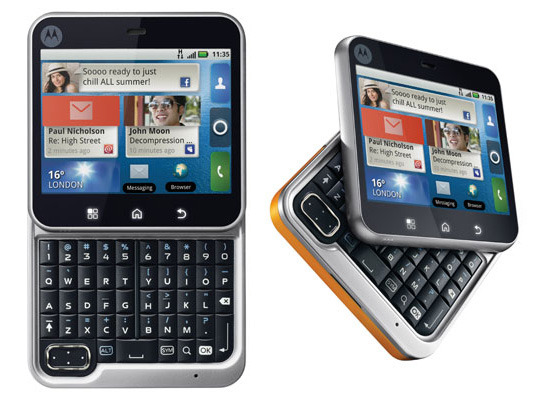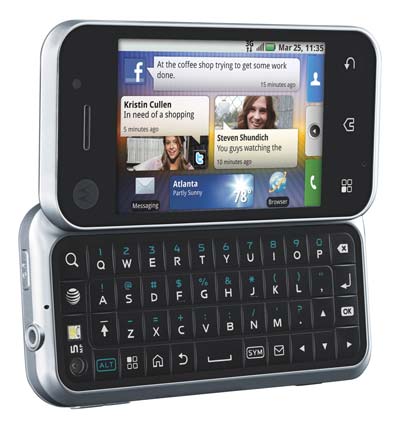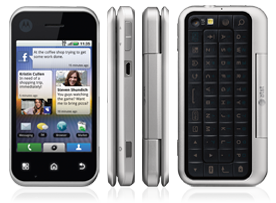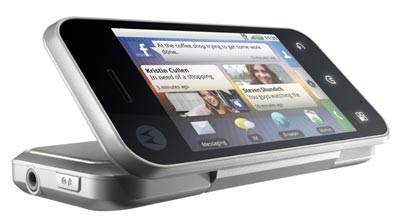directive0
Very Active Member
That moto phone is DOPE!
Off to ebay I go to add to my collection of junk!
Off to ebay I go to add to my collection of junk!
huh
[doublepost=1473254508,1473254336][/doublepost]i think the layout on the pgs is worst than my first phone

株式会社ドゥモアが、同社が運営するキュレーションセールスの「ヴェルテ」にてPGS Lab社製ポータブルPCゲームコンソール「PGS Lite」の取扱を開始すると発表した。
「PGS」は、発表直後から超人気でクラウドファンディングプラットフォーム「Kickstarter」で40万ドルを集めながら、「無茶だ」「困難だ」との指摘のアンチ大合唱に自らキャンセルし、自力で開発に漕ぎ着けた世界で注目されている携帯ゲーム機プロジェクト。Windows 10とAndroid 6.0を搭載しており、ポケットに入る程度のサイズならがハイスペックなPC向けゲームもプレイできる性能を有している。なお、ドゥモアでは既に「PGS Lite」の上位機種「PGS Hardcore」の国内販売も行うことを先月発表している(過去記事はこちら)。「PGS Lite」の商品および販売概要は以下のとおり。
LiteDumoa Co., Ltd. is the company "Verte" in the curation sales, which operates PGS Lab announced that it will start the handling of manufactured portable PC game console "PGS Lite".
Except they'd only make a loss by selling GPD Wins for the prices they're trying to sell PGS devices for.
zero is there, it's on Fn1 9.
because it's a great idea to have two function keys...
but "function 19" does sound like the name of a good sci fi thriller.
huh
[doublepost=1473254508,1473254336][/doublepost]i think the layout on the pgs is worst than my first phone
View attachment 29174
The Motorola Flip was one of the last time a phone manufacturer tried to do something else than a brick. I kinda wish it had worked better for these different form factors, maybe it could have led to interesting designs instead of bricks, bricks and bigger bricks.



The Pyra has well spaced keys and centered letter keys. To achieve the spacing, it went with a reduced key KB sacrificing a full key layout, which means a number of punctuation and symbol keys are scattered to the wind. It's the trade off that had to be made to get the key spacing. And to be fair , I think most people would agree that it's the right trade off to make. But still , there was a price for that
Compared to the Pandora, the Pyra's keys look at least somewhat organized. And in the end the Pandora wasn't at all too difficult to get used to after a bit of use.But it is still a negative.
@Grench
Lets see
1) the fullstop normally on the right of the M key on the right side. Is now on the left of the Z key on the other side of the keyboard.
2) the comma normally on the right of the M key on the right side. Is now on the left of the Z key on the other side of the keyboard
3) the "<" normally on the right of the M key on the right side. Is now on the left of the Z key on the other side of the keyboard
4) the ">" normally on the right of the M key on the right side. Is now on the left of the Z key on the other side of the keyboard
5) the "/" normally on the right of the M key on the right side. Is now on the left of the Z key on the other side of the keyboard
6) the ";" normally on the right of the M key on the right side. Is now on the left of the Z key on the other side of the keyboard
7) "=" and "-" where on the top row of keys on the right side next to "0", now they are on the bottom row on the left side oin the Z and X keys.
8) "?" is on the A key rather than on the right side of the keyboard rather than next to shift on the right side, It's also on a different row than normal
9) the ' and " keys, again on the opposite side of the keyboard to where they are meant to be
10) the + key normally on the top row , on the far right. Is now on the left side on the S key.
etc etc
And so on and so forth. Sure, if there are pairs they are generally together but they are nowhere near their proper placement. The placement of the punctuation and symbol keys are all in non standard and often completely opposite positions - the exception being the symbols etc on the number keys. If you use a standard keyboard and then use the Pyra KB, then a large number of the symbol and punctuation keys are not anywhere near where they are meant to be. Which is the issue I'm referring to. As I said, I understand why that is and except the trade off for why it was done. But it is still a negative.

